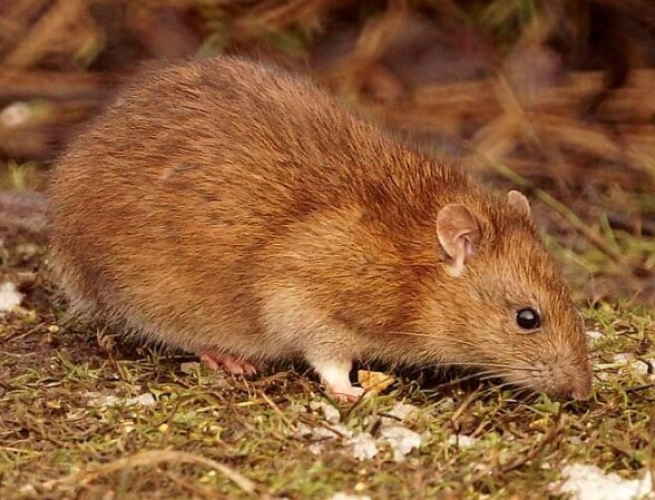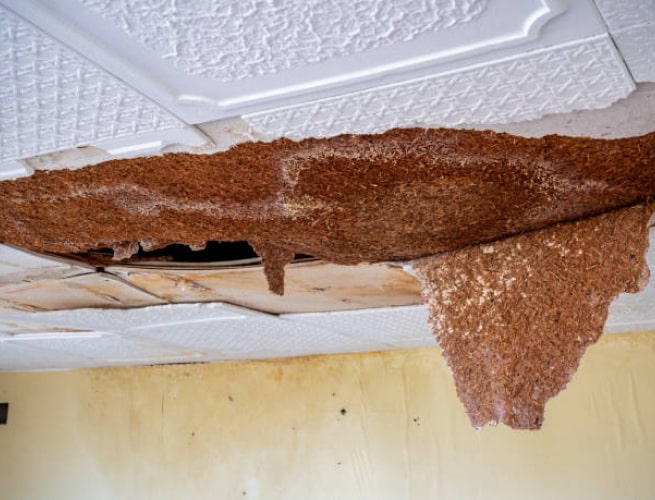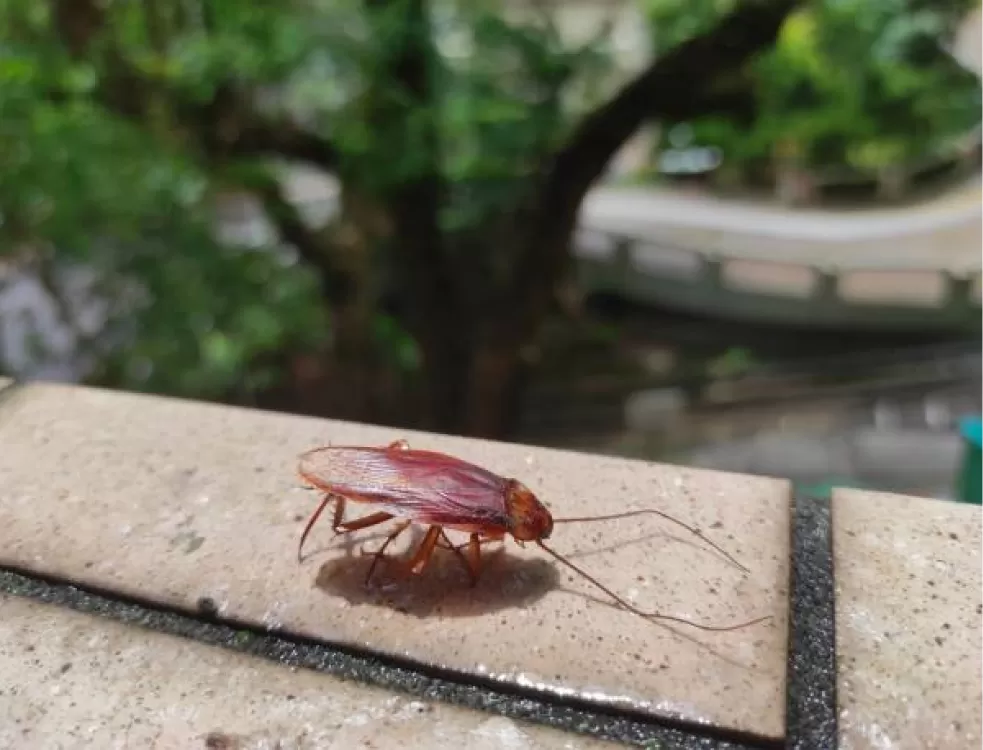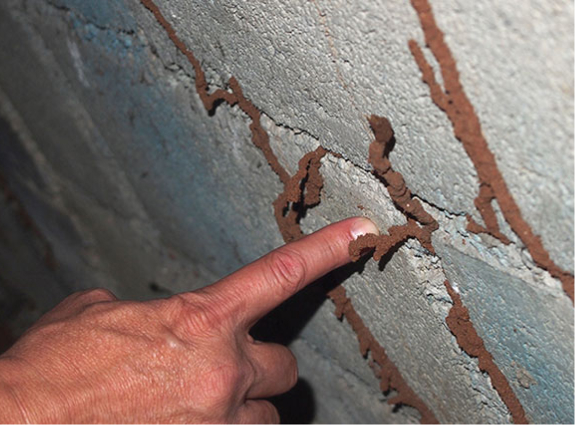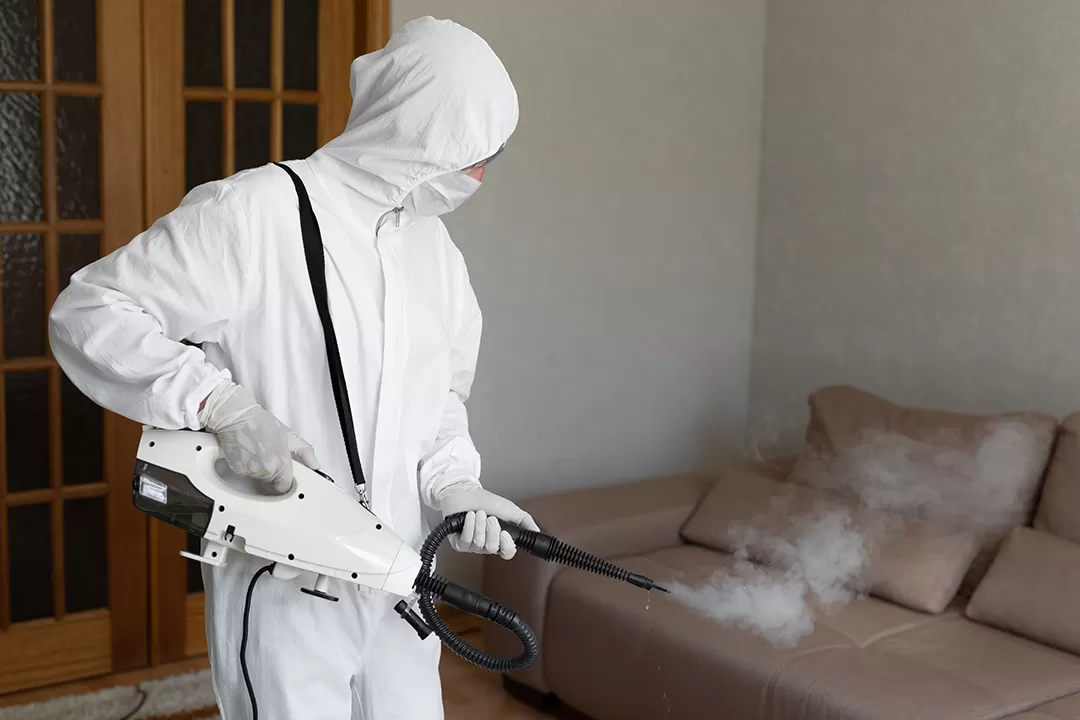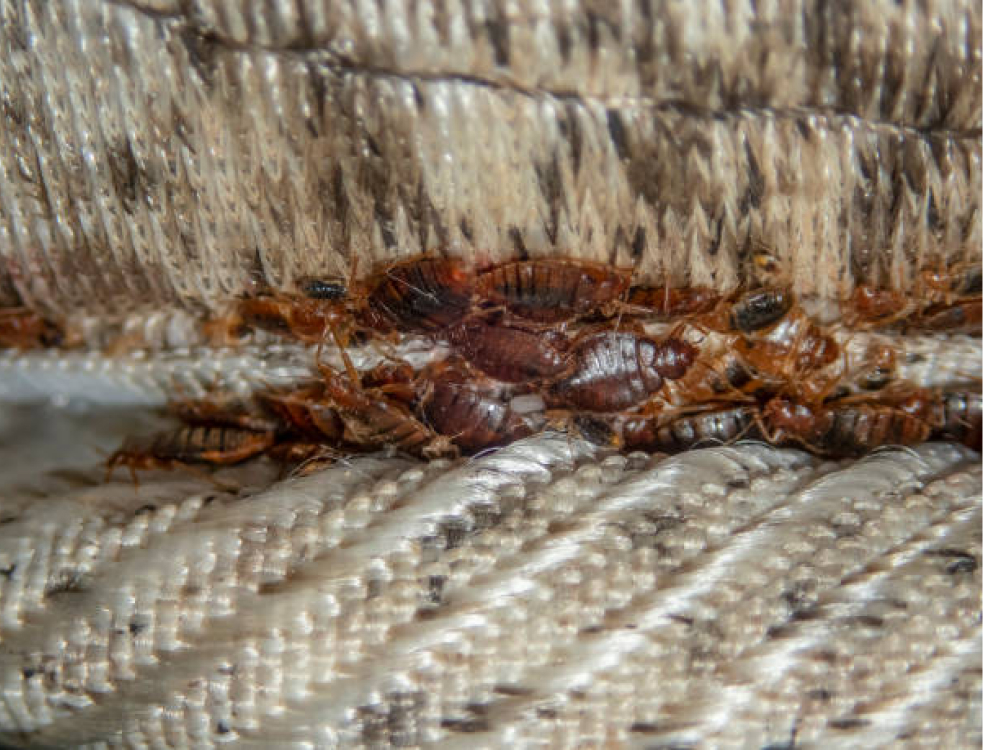Dealing with a bed bug infestation can be a daunting task, especially given the resilient nature of these pests and the disruption they can cause in your daily life. Bed bugs are notorious for their ability to hide in tiny crevices and multiply rapidly, making them difficult to eradicate without professional help. However, the success of any bed bug treatment largely depends on how well you prepare your home. Proper preparation not only facilitates a more thorough treatment but also helps in preventing re-infestation.
Understanding the steps you need to take before, during, and after the treatment can significantly increase the chances of completely eliminating these pests from your living space. In this guide, we provide a detailed, step-by-step approach tailored specifically for Singaporean residents, considering the local environment and living conditions. By following these steps, you can ensure that the treatment process is as effective and efficient as possible, ultimately leading to a bed-bug-free home. Here’s a comprehensive guide to help you prepare your home for bed bug treatment.
Prepare Your Home for Bed Bug Treatment
1. Confirm the Infestation
Before initiating any treatment, it’s essential to confirm that your home is infested with bed bugs. Accurate identification is crucial for effective treatment. Look for the following signs:
- Small, reddish-brown bugs: Bed bugs are about the size of an apple seed and can often be found hiding in mattress seams, furniture joints, or tiny cracks and crevices around your home.
- Tiny white eggs: Bed bug eggs are very small, about 1mm in size, and can be found in similar hiding spots as the bugs themselves.
- Rusty or reddish stains: These stains are caused by bed bugs being crushed, and they can be found on bed sheets or mattresses.
- Dark spots: Bed bug excrement appears as small dark spots, usually on your mattress, bedding, or furniture. These spots can look like a cluster of tiny black dots.
If you’re unsure about identifying these signs, consider hiring a professional pest control service in Singapore to conduct a thorough inspection. Professionals have the expertise and tools to accurately identify an infestation and can provide you with a confirmation and a treatment plan.
2. Declutter Your Home
A cluttered home provides bed bugs with numerous hiding spots, making treatment more challenging. Decluttering is an essential step to give the exterminator easy access to all areas. Focus on:
- Clearing items from under the bed: Remove any stored items, as bed bugs often hide in dark, undisturbed places.
- Removing items from closets: Pay special attention to storage boxes or bags on the floor. Organize and clean out these areas to eliminate hiding spots.
- Decluttering shelves, drawers, and other storage areas: Bed bugs can hide in any small space, so it’s important to declutter and organize all areas of your home.
3. Launder Fabrics
Bed bugs and their eggs can hide in fabrics. Washing these items is crucial to ensure that all bed bugs and their eggs are killed.
- Wash all bed linens, curtains, clothing, and other washable fabrics: Use hot water and dry them on the highest heat setting. Heat is very effective in killing bed bugs and their eggs.
- Seal cleaned items in plastic bags: After washing, place cleaned items in sealed plastic bags to prevent re-infestation.
4. Vacuum Thoroughly
Vacuum your entire home meticulously to remove bed bugs and their eggs from various surfaces. Pay special attention to:
- Mattresses and bed frames: These are common hiding spots for bed bugs.
- Upholstered furniture: Bed bugs can live in the fabric and seams of sofas and chairs.
- Carpets and rugs: Bed bugs can hide in the fibers of your carpeting.
- Baseboards and corners of each room: These areas can harbor bed bugs, so make sure to vacuum thoroughly.
After vacuuming, dispose of the vacuum bag immediately in a sealed plastic bag to prevent bed bugs from escaping and re-infesting your home.
5. Disassemble Furniture
Disassemble bed frames, remove drawers from dressers, and move furniture away from walls to allow the exterminator full access to all potential hiding spots. This ensures a more thorough treatment by exposing all areas where bed bugs might be hiding.
6. Seal and Store Items
Items that cannot be washed, such as books, electronics, and toys, should be sealed in plastic bags or containers. This prevents bed bugs from hiding in these items during treatment and helps to ensure that these items are not infested or re-infested.
7. Prepare the Kitchen
To ensure your kitchen is ready for treatment:
- Remove food items, dishes, and utensils: Store these items in sealed plastic containers or bags to protect them from contamination.
- Clear countertops and cupboards: This allows for thorough treatment of all surfaces and potential hiding spots.
8. Cover and Protect
Cover mattresses and pillows with bed bug-proof encasements to prevent bed bugs from re-infesting these items. These encasements should remain in place for at least one year to ensure that any bed bugs trapped inside are eradicated.
9. Arrange Temporary Accommodation
Bed bug treatment may require you to leave your home for several hours or even overnight. Arrange temporary accommodation for yourself and your pets if necessary. This ensures safety and allows the treatment to work effectively without interference.
10. Post-Treatment Precautions
After the treatment is completed, follow the exterminator’s instructions carefully. You may need to:
- Continue laundering bedding and clothing regularly: This helps to maintain a bed bug-free environment.
- Inspect and vacuum regularly: Regular inspection and vacuuming can help detect and eliminate any remaining bed bugs.
- Monitor for signs of bed bugs: Be vigilant and report any sightings to your pest control professional immediately to prevent a re-infestation.
By following these steps, you can ensure that your home is well-prepared for bed bug treatment, leading to more effective eradication and a quicker return to a bed bug-free environment.
For more information on bed bug prevention and treatment options in Singapore, contact a professional pest control service. A little preparation can go a long way in ensuring your home remains safe and comfortable, free from the nuisance of bed bugs


